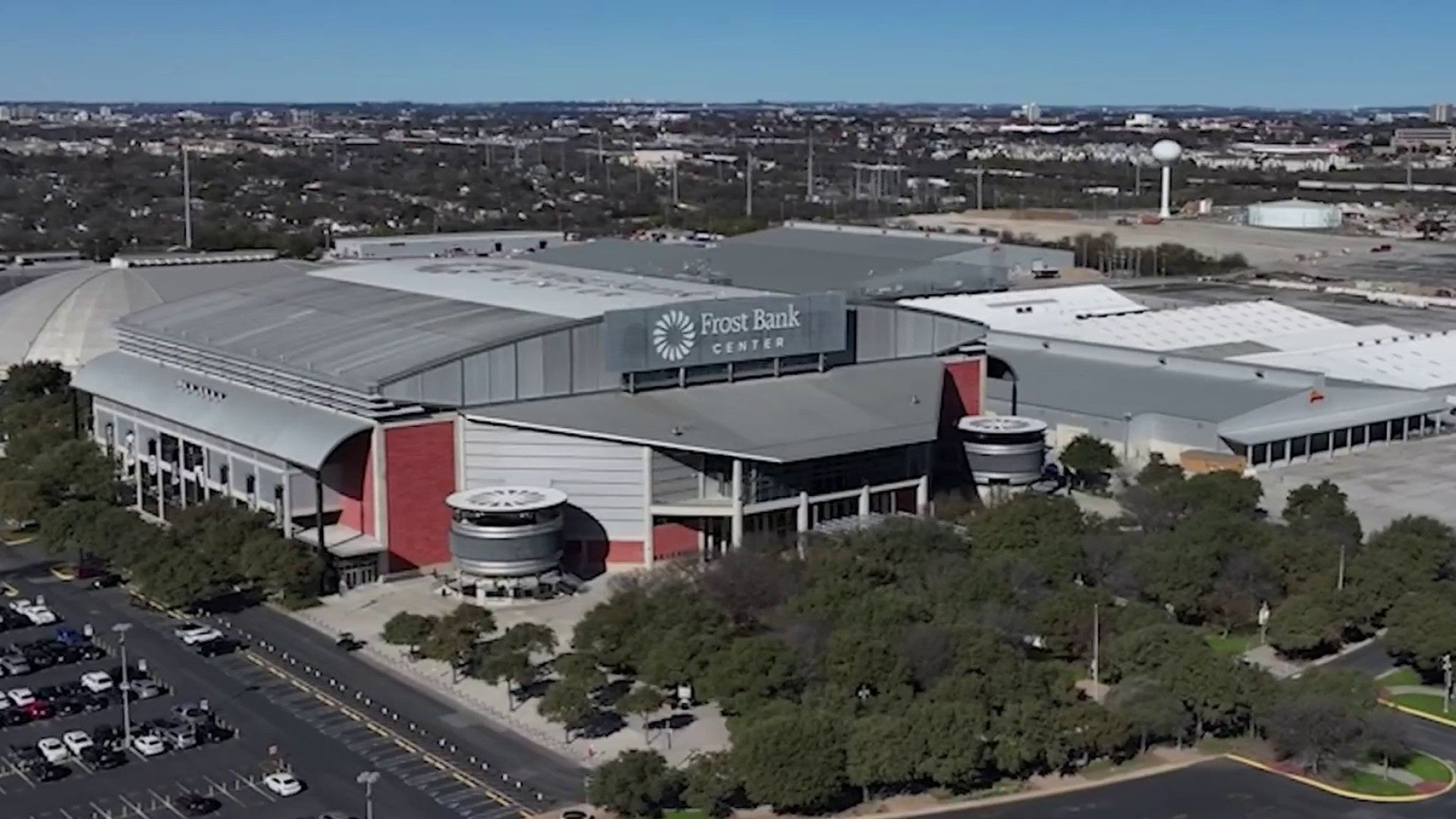Regional Economic Assessment and Sustainable Development Goal Implications
Executive Summary
A recent analysis based on the Creighton University Rural Mainstreet Index indicates a second consecutive month of modest economic growth in the region. However, this growth is tempered by significant underlying challenges that have direct implications for the achievement of several United Nations Sustainable Development Goals (SDGs), particularly those concerning poverty, food security, and economic stability.
Primary Economic Indicators and Challenges
Data collected from small-town bankers reveals a complex economic landscape. The primary obstacle to robust growth is the persistence of weak commodity prices. This economic pressure has a direct causal link to financial instability within the agricultural sector.
- Weak Commodity Prices: Persistently low prices for agricultural goods are undermining the profitability of rural enterprises, impacting the core of the mainstreet economy. This directly challenges the objectives of SDG 8 (Decent Work and Economic Growth) by threatening the viability of rural businesses and the livelihoods they support.
- Increased Loan Demand: As a consequence of low commodity prices, the demand for agricultural loans has surged. This indicates that producers are facing liquidity challenges and require external financing to sustain operations.
- Record Loan Levels: The volume of bank loans has now reached a record high across the region, signaling significant financial leveraging and potential risk within the agricultural sector. This strain on financial infrastructure relates to SDG 9 (Industry, Innovation, and Infrastructure), highlighting the need for resilient financial systems that can support key industries without creating unsustainable debt cycles.
Impact on Sustainable Development Goals (SDGs)
The current economic conditions in the region’s rural areas have profound connections to global sustainability targets.
- SDG 1 (No Poverty) & SDG 2 (Zero Hunger): The financial precarity of the agricultural sector is a direct threat to these goals. Economic instability for farmers, who are the primary food producers, can lead to increased rural poverty and disrupt food supply chains, compromising food security.
- SDG 8 (Decent Work and Economic Growth): While the index shows modest growth, the underlying reliance on debt to offset weak prices is not indicative of sustainable or inclusive economic growth. It points to a fragile recovery that could jeopardize decent work opportunities in the long term.
State-Specific Data: South Dakota
In South Dakota, the Rural Mainstreet Index reading experienced a slight dip from the previous month. Despite the decrease, the index remains in positive territory, suggesting that growth, while slowing, has not yet contracted. This localized data reflects the broader regional trend of tenuous economic stability.
SDGs Addressed in the Article
-
SDG 8: Decent Work and Economic Growth
- The article’s primary focus is on the economic performance of a rural region. It explicitly mentions that the “regional economy continues to show modest growth” and uses the “Rural Mainstreet Index” as a measure of this economic activity. This directly connects to the goal of promoting sustained, inclusive, and sustainable economic growth.
-
SDG 2: Zero Hunger
- The article links the region’s economic challenges directly to the agricultural sector. The mention of “weak commodity prices” and the resulting “demand for agricultural loans” highlights the economic vulnerability of farmers. The financial health of the agricultural sector is fundamental to ensuring stable food production and the livelihoods of food producers.
-
SDG 9: Industry, Innovation and Infrastructure
- The article discusses the financial infrastructure supporting the region’s primary industry (agriculture). The role of “small-town bankers” and the provision of “bank loans” and “agricultural loans” relate to the goal of increasing the access of small-scale enterprises (in this case, farms) to financial services.
-
SDG 1: No Poverty
- The economic well-being of rural communities, which is the subject of the article, is intrinsically linked to poverty levels. Financial pressures on farmers due to “weak commodity prices” and high debt (“record high” bank loans) can threaten their livelihoods and potentially increase poverty in these areas. The discussion of loans relates to access to financial services for a potentially vulnerable population.
Specific SDG Targets Identified
-
Target 8.1: Sustain per capita economic growth
- The article directly addresses this target by reporting on the “modest growth” of the “regional economy.” The “Rural Mainstreet Index” and the specific reading for South Dakota are used to quantify this regional economic performance.
-
Target 2.3: Double the agricultural productivity and incomes of small-scale food producers
- The article’s focus on “weak commodity prices” directly relates to the income of farmers in the region. The high “demand for agricultural loans” suggests that these producers require financial services to sustain their operations amidst these economic pressures, which is a key component of this target.
-
Target 9.3: Increase the access of small-scale industrial and other enterprises… to financial services, including affordable credit
- Farms in this context can be considered small-scale enterprises. The article’s discussion of “small-town bankers” providing “agricultural loans” and the fact that “bank loans have reached a record high” directly illustrates the interaction between small enterprises and financial institutions, as outlined in this target.
Indicators for Measuring Progress
-
Rural Mainstreet Index
- This is an explicit indicator mentioned in the article, used to measure economic growth and sentiment in the rural region. The article notes that “South Dakota’s reading dipped slightly compared to last month but still remains in positive territory,” showing how this index is used to track economic performance.
-
Commodity Prices
- The article implies this as a key indicator by identifying “weak commodity prices” as the “biggest challenge” for the regional economy. Tracking these prices is essential for understanding the economic health of the agricultural sector and the income of farmers.
-
Volume and Demand for Loans
- The article explicitly states that “demand for agricultural loans” is high and that “bank loans have reached a record high.” These are quantitative indicators that can be used to measure financial stress, access to credit, and the overall financial health of the region’s primary industry.
Summary Table: SDGs, Targets, and Indicators
| SDGs | Targets | Indicators |
|---|---|---|
| SDG 8: Decent Work and Economic Growth | Target 8.1: Sustain per capita economic growth. | Rural Mainstreet Index |
| SDG 2: Zero Hunger | Target 2.3: Double the agricultural productivity and incomes of small-scale food producers. | Weak commodity prices |
| SDG 9: Industry, Innovation and Infrastructure | Target 9.3: Increase the access of small-scale enterprises to financial services. | Demand for agricultural loans |
| SDG 1: No Poverty | Target 1.4: Ensure equal rights to economic resources and access to financial services. | Record high bank loans |
Source: mitchellnow.com







